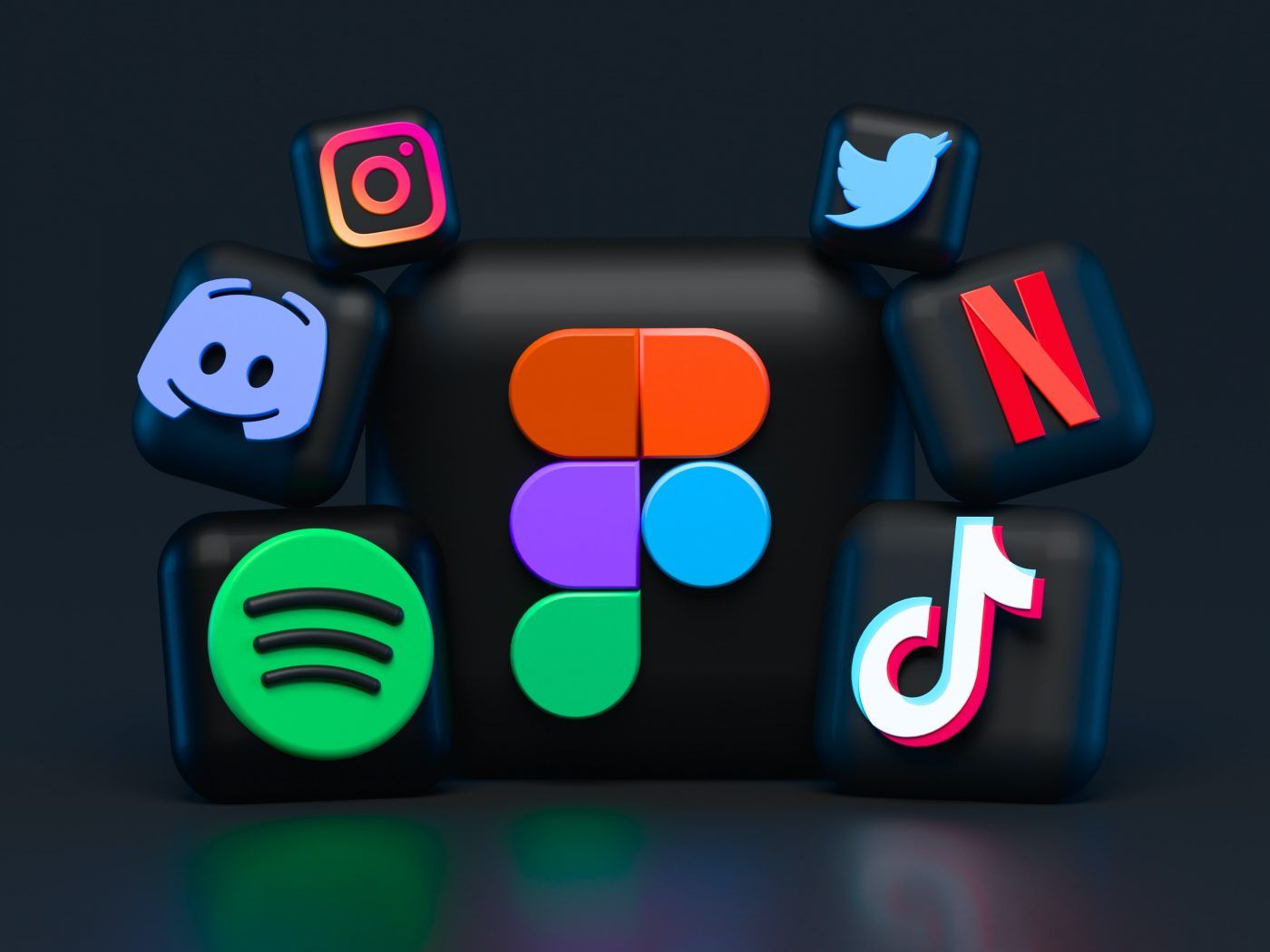Finding the right audience can be a lengthy task of trial and error that spans weeks or even months and it can be the biggest ad killer and money burner for your business. It’s not a simple task of just adding the topics that are related to your product as sometimes the people included in these interests aren’t a 100% match. There are a few ways to identify whether your audience is working.
Audience Types
There are many audience types that can be used across multiple social channels whether it’s Facebook, Instagram, Twitter, or LinkedIn.
Facebook and Instagram both share the same audience types due to Instagram being owned by Facebook and is managed on Facebook’s Ad Manager platform. Through Ads Manager you can create Saved Audiences based on demographics, interests, and behaviours. Through here, you can also dig deeper by targeting people’s job titles, field of study, income, location, mobile devices, relationship statuses and much more. Most of the time this will be your bread and butter for your targeting but it’s worth keeping in mind that segmenting your audience down into categories (age, interests, location) will provide more control and give you a better idea of what’s working. LinkedIn is more business orientated giving you a bigger selection of job titles, industries, and business accounts to target. If your business leans more towards B2B then we recommend leaning more towards LinkedIn. Twitter differs by offering topics that users are interested in, as well as accounts that users follow which resembles Facebook’s lookalike audiences.
Lookalike audiences are based on pre-existing data from individuals, such as interests and behaviours, which are then used to find more users that closely match the pre-existing audience. This is extremely useful if you have a list of previous purchasers as you can create a lookalike audience that matches the same interests as the people in your CRM list.
Custom audiences can be created from signals received from a tracking code placed on your website. On Facebook this is a pixel, while on LinkedIn this is a tag. Both of these can send vital data such as page views, downloads, purchases, contact, lead etc. which can then be used to create custom audiences for retargeting. For example, if you find that a large audience is adding an item to cart but they’re not completing the purchase, you can turn this into a custom audience based on people that reached the cart page and exclude users that made a purchase. This will allow you to retarget and persuade these users to come back and finish the purchase.
But the question is, which one of these is best for your ads? We recommend a mixture of all, but when it comes to saved and interest-based audiences, you need to make sure you’re adding the right topics and making sure they’re not overly broad. For example, if you have a coffee business, of course, adding coffee to your topics is a given but your ads may become saturated and you might be competing with a ton of competition. Instead of just advertising coffee, maybe look at certain interests that coffee drinkers have, for example, specific foods and beverages, commuters, brands, and behaviours. It’s best not to restrict yourself to an exact interest as your ad could get lost in the feed from other competitors.
Audience Size
Audiences can vary in sizes and can change depending on what type of audience you’re using. On Facebook, Twitter, and LinkedIn, interest-based audiences tend to have the biggest audience pools; however, depending on the topics you choose, some of these interests, traits or topics can be overly exaggerated with an audience size in the millions. The issue here is that you may think you’re targeting your key demographic but in reality, you’re probably not. Your ads could potentially be wasting money showing ads to users that aren’t in the exact audience you need. To combat this, we recommend narrowing your audience down where possible to reach a comfortable size that reflects the reality of your targeting demographic in the industry.
Most social ad platforms give you the option to narrow down your audience, for example, you can select people interested in coffee but also, out of the people interested in coffee, you can target chocolate lovers within that audience. This will help with finding a better fit for your business as well as giving you a chance to control your spending with a smaller but defined audience. Each social ads platform will tell you what audience size is too small to use for your ads. Facebook is below 1,000, LinkedIn is below 300, and Twitter is below 100. We recommend adding extra layers to increase the size if they don’t reach the minimum requirement.
How to identify if your audience is working?
This step is very simple for Facebook. Check your relevance rankings at the ad level in Ads Manager. This should already be placed in the columns. If you’re seeing ‘below average’ across the board then you need to start changing your audience and finding new interests to target. If you see ‘average’ or ‘above average’ then you’re on the right tracks and it’s best to let your ads run. On Twitter you can check this by finding your engagement rate. The lower your engagement rate, the more you need to make changes to your targeting, caption, and creative type/card.
You’ll know when your targeting is doing well when you can see a high engagement rate. If, however, you have a high engagement rate but your ads are not converting, then it may be an issue in the buyer’s journey. You need to think about whether the checkout process is simple or complicated, are people leaving the checkout process because there’s an extra charge (P&P) at the last step. Have people tried to find a discount code, or has the page taken a while to load? These are the types of questions that you need to ask yourself if you’re seeing a high engagement rate matched with a low conversion rate, and it’s just another step in the puzzle for improving your ad results.
We hope that after reading this you have a better understanding of audiences and targeting for paid social advertising. Audience research is all about tweaking and fine-tuning to find the best fit for your industry. If you find that it’s not perfect, don’t worry, this is all part of the process. All you need is more adjusting until you find the perfect demographic. Social platforms are always adding new interests so don’t worry if you can’t find the right one yet. For more information, check out our other blogs for paid social advertising.


Leave a Reply